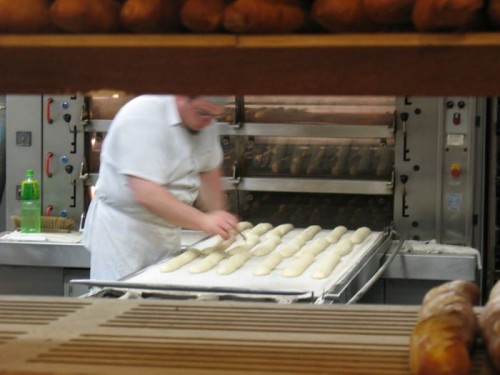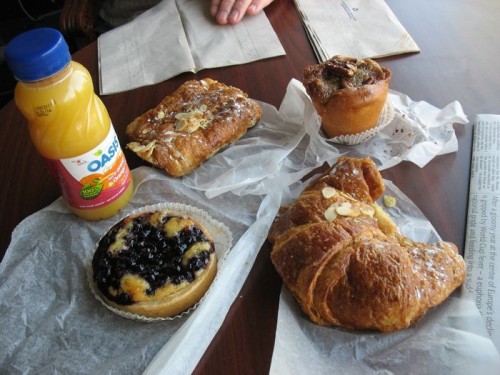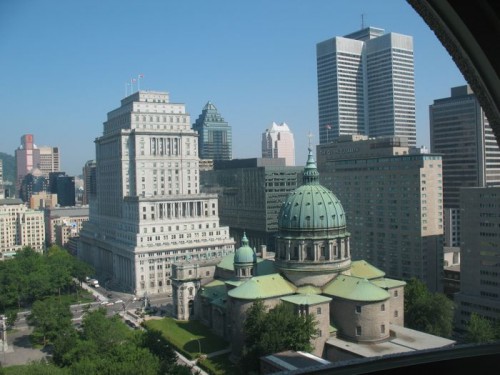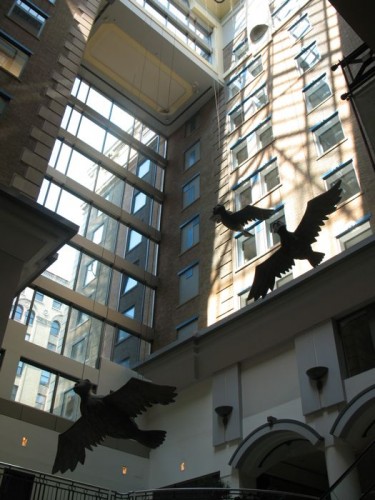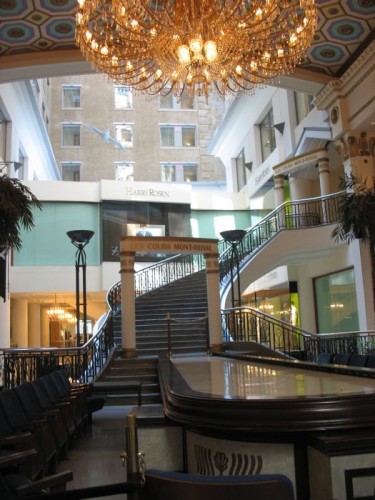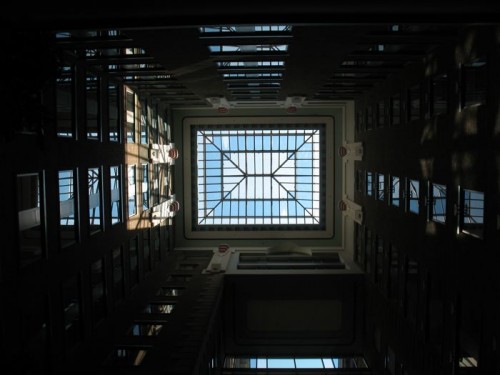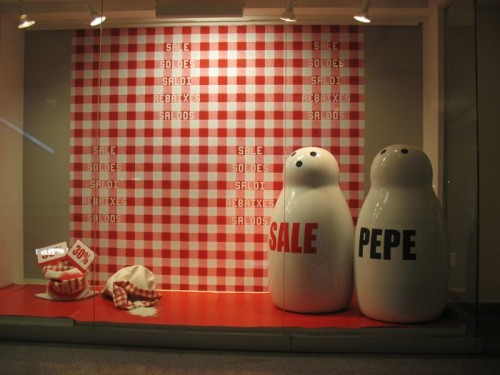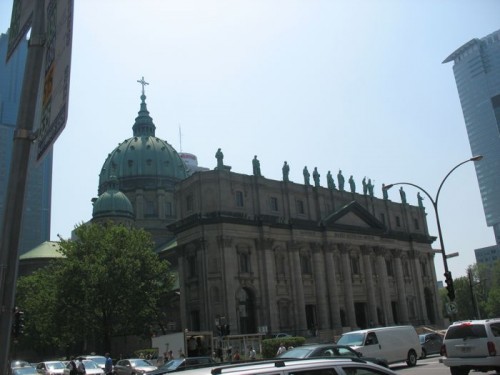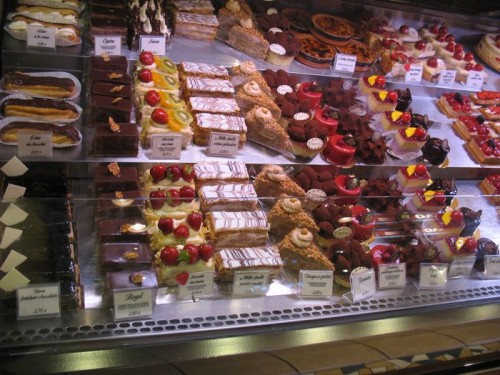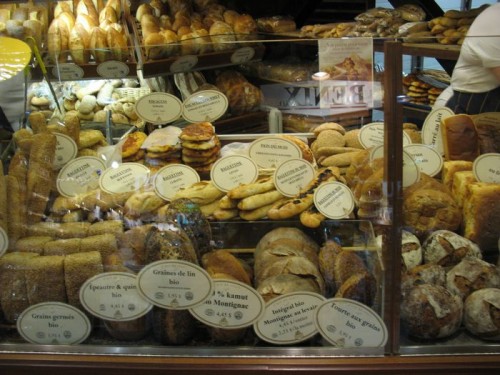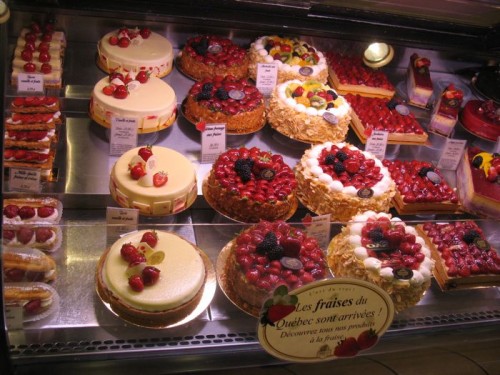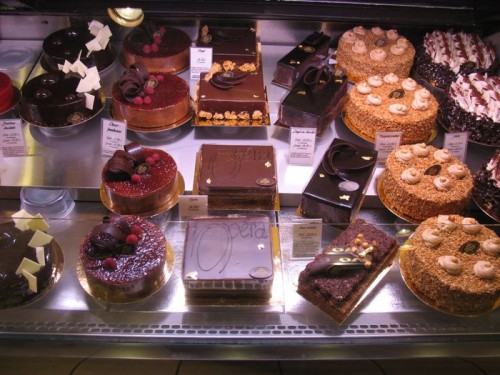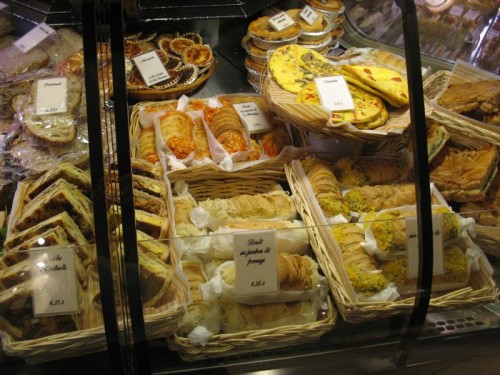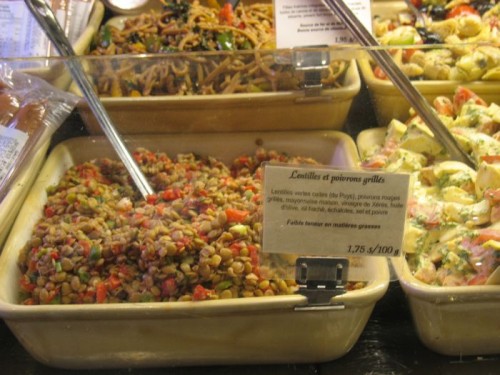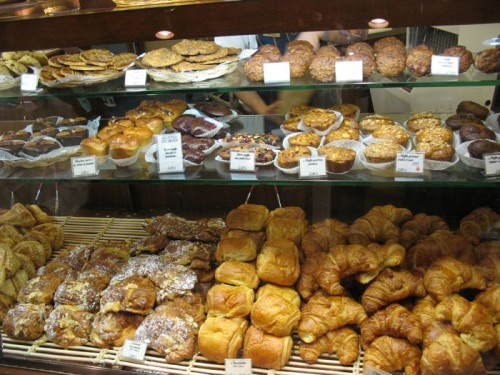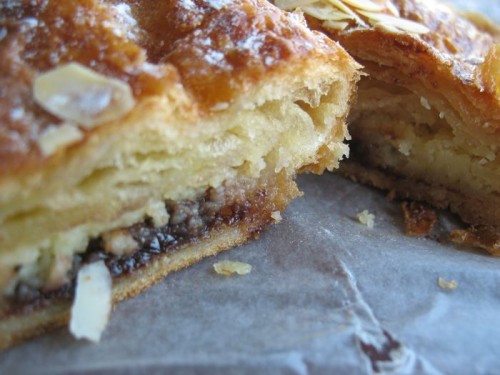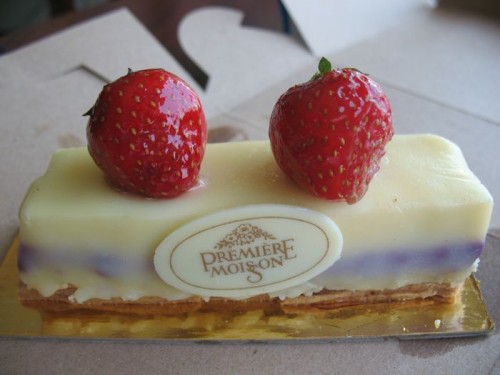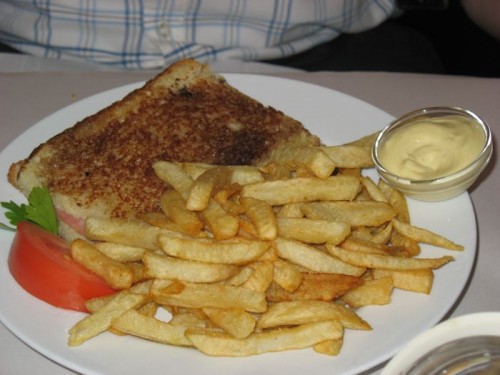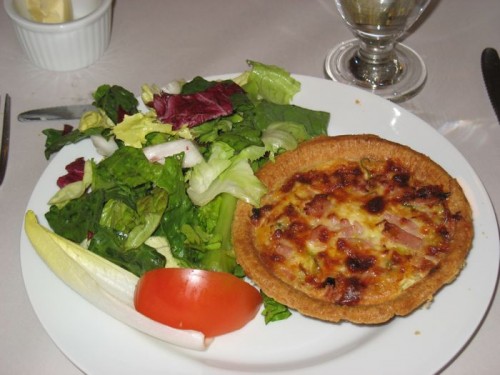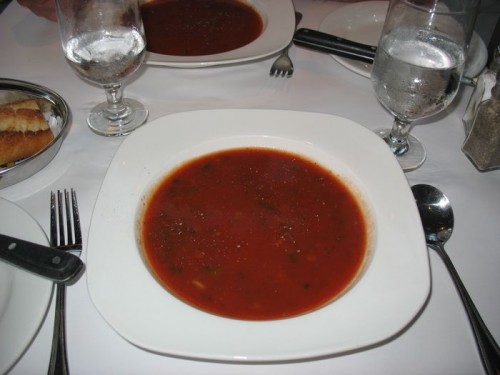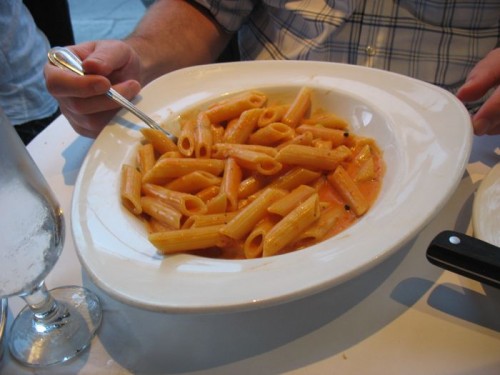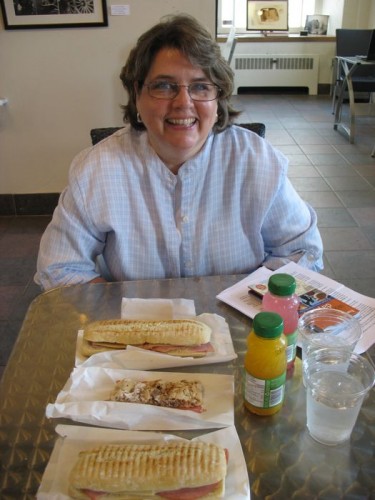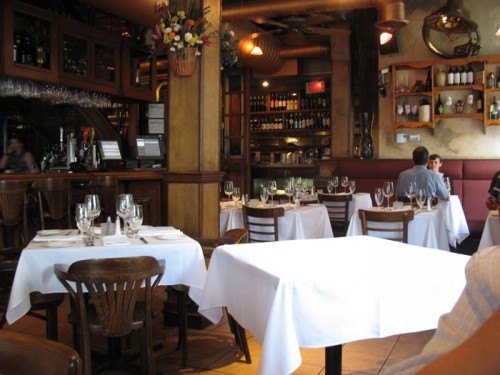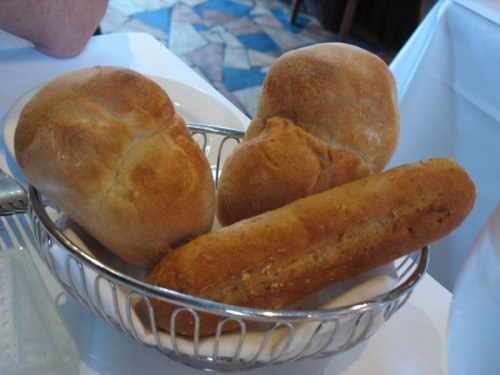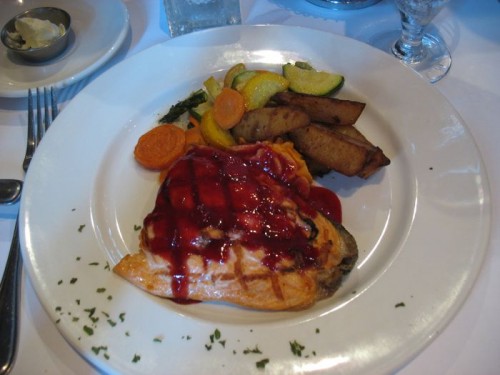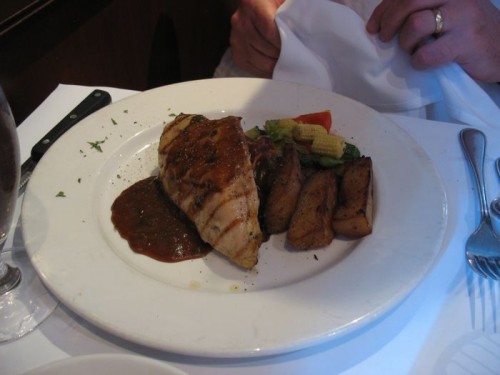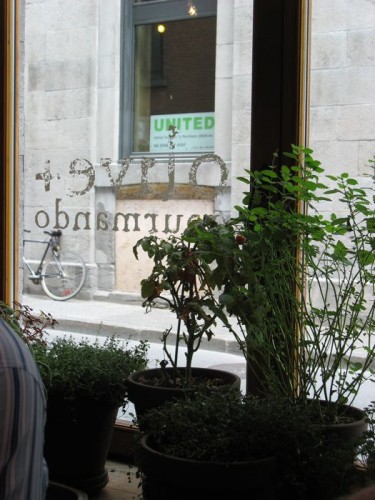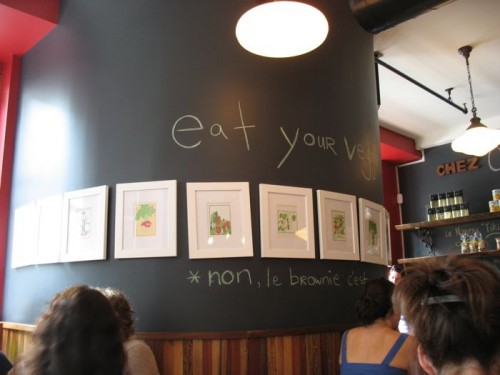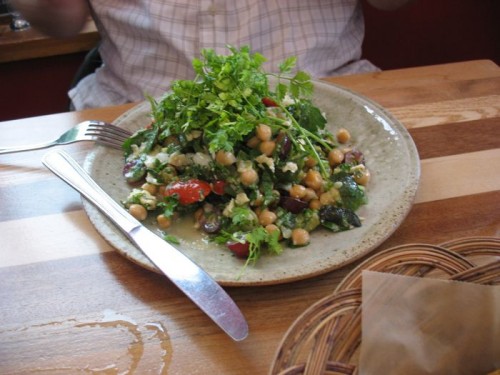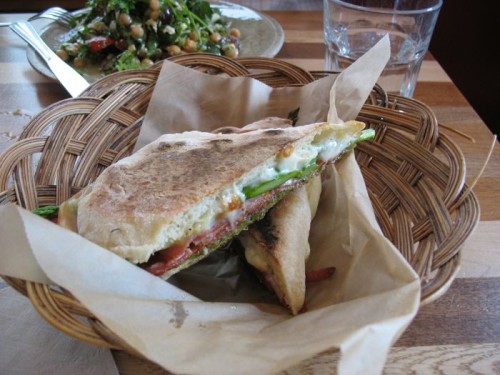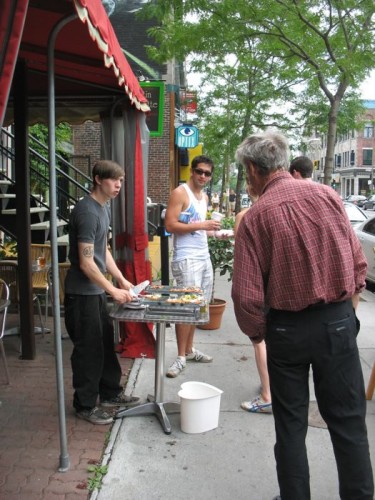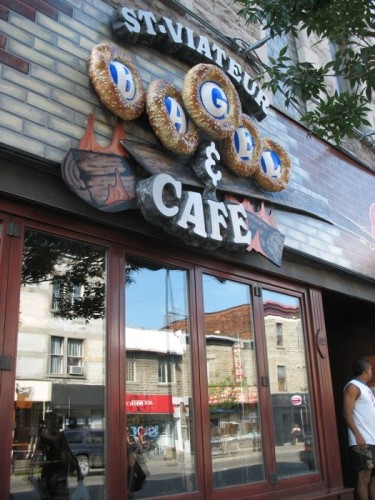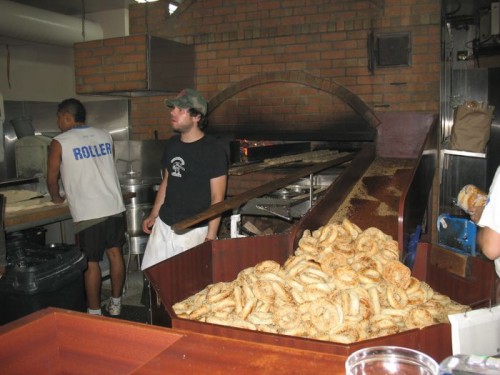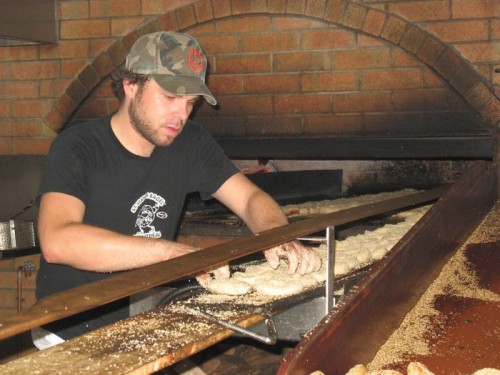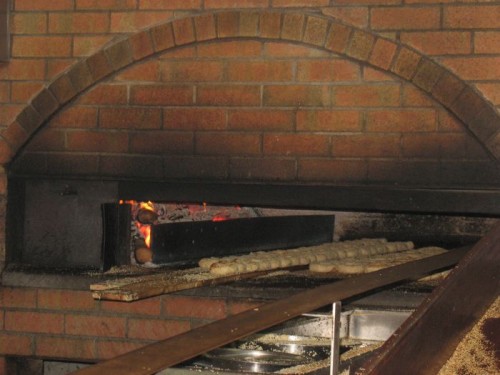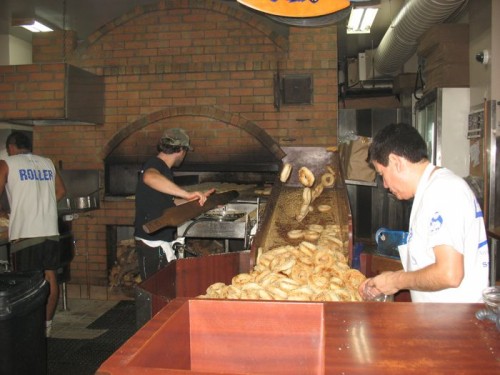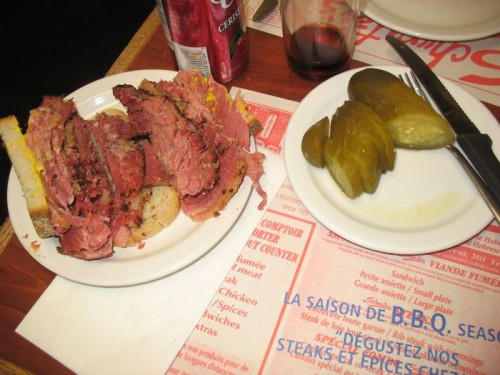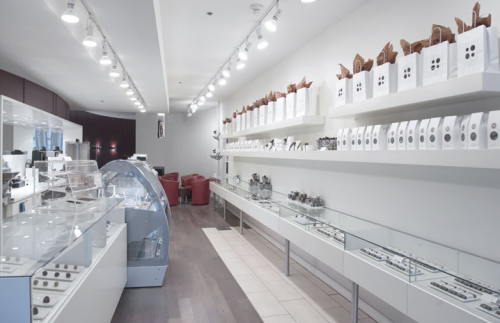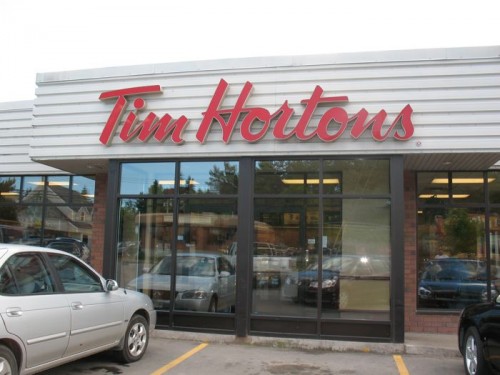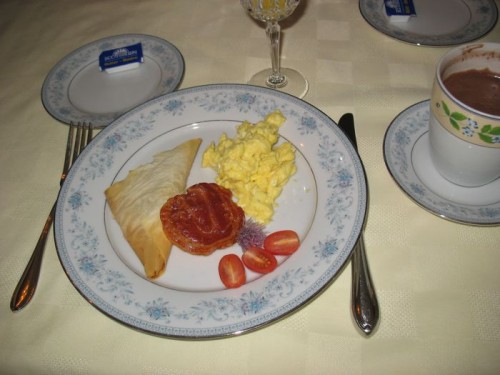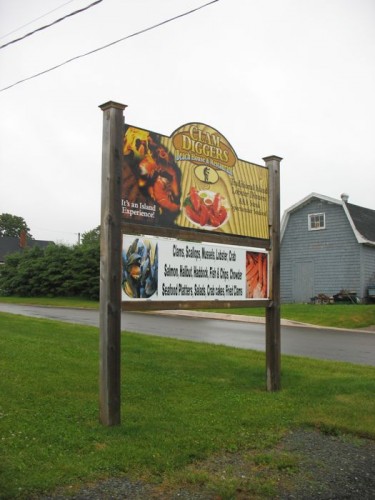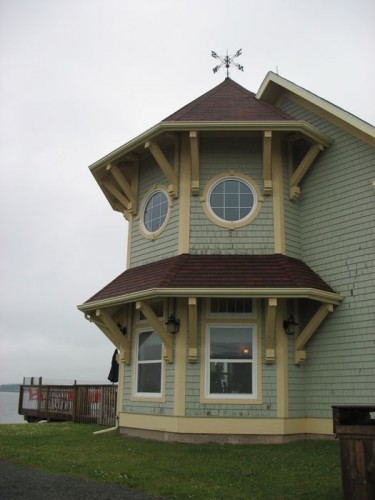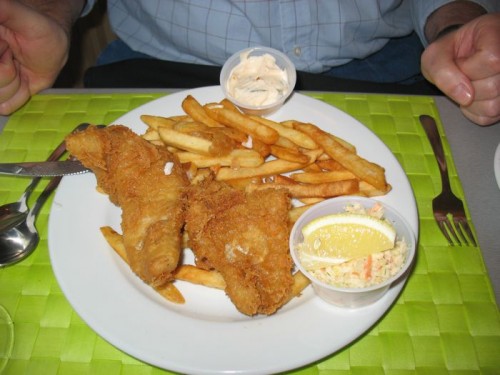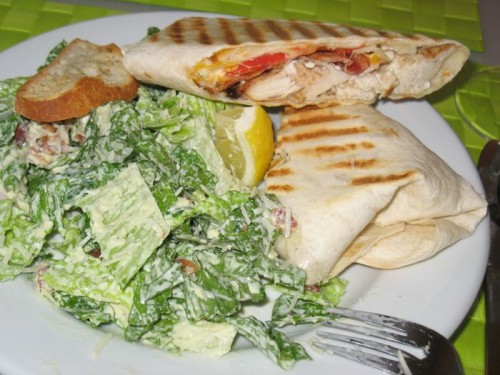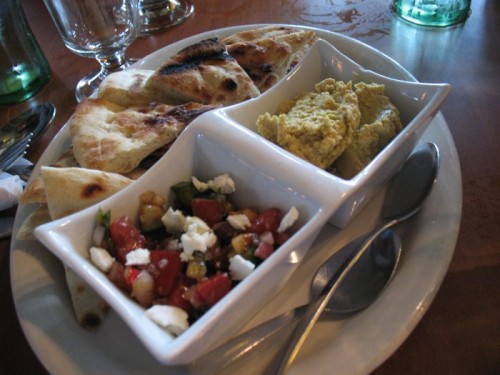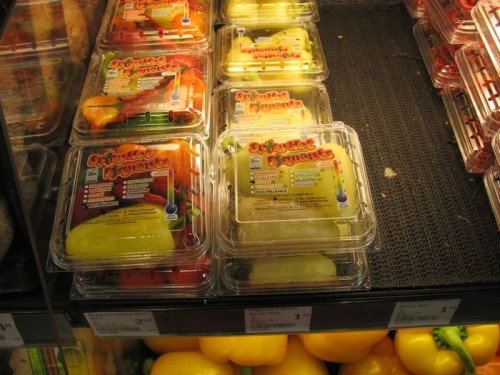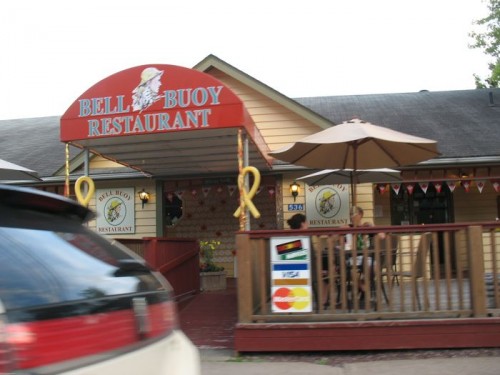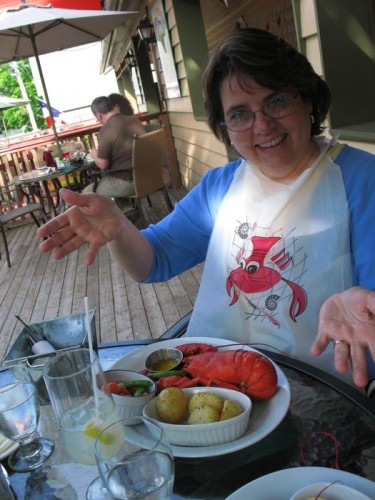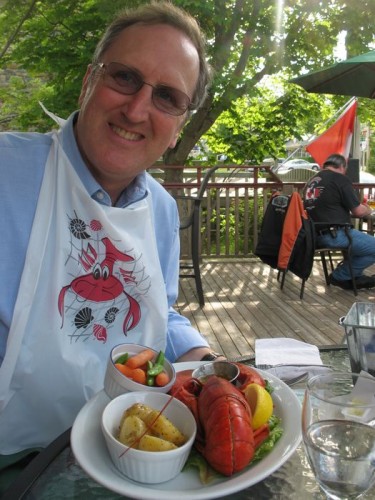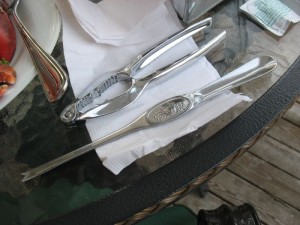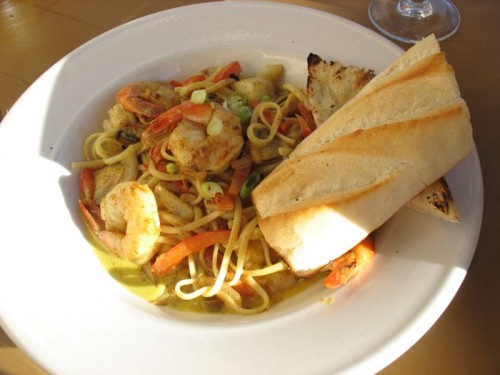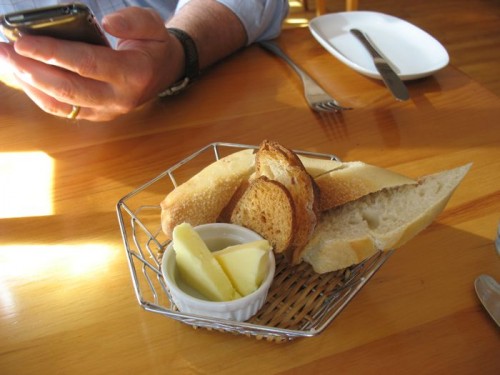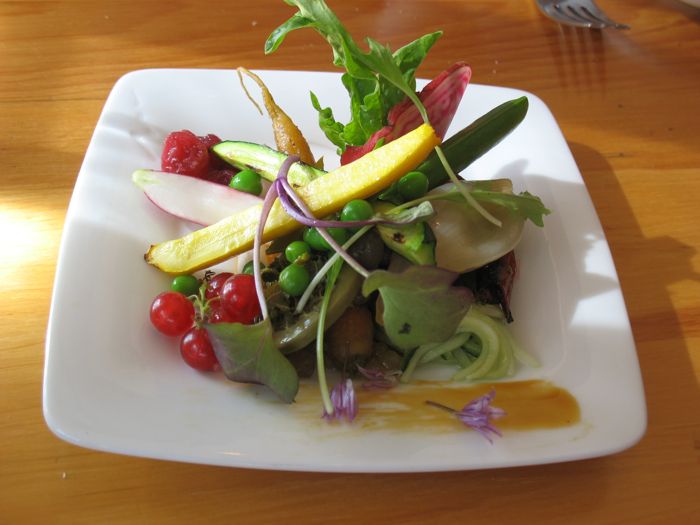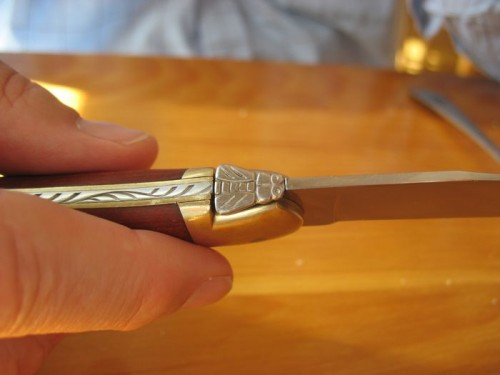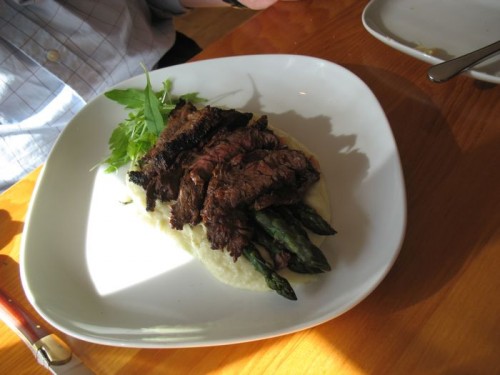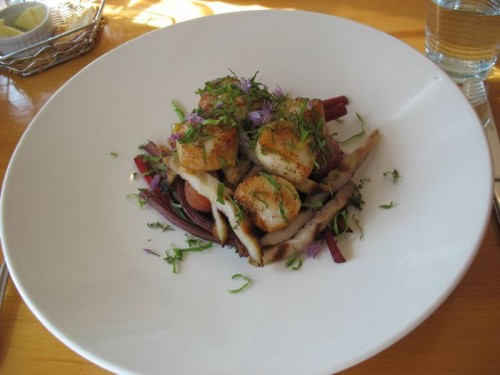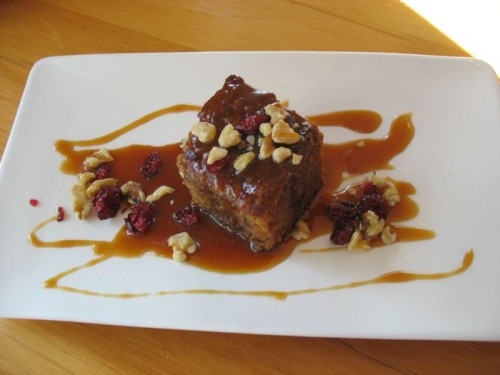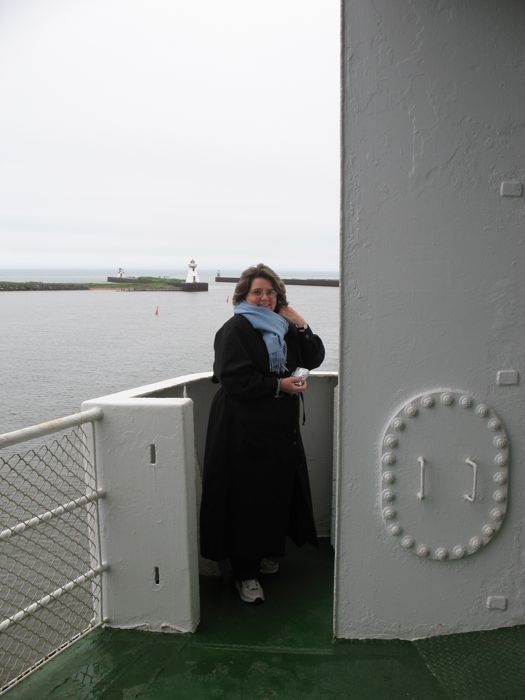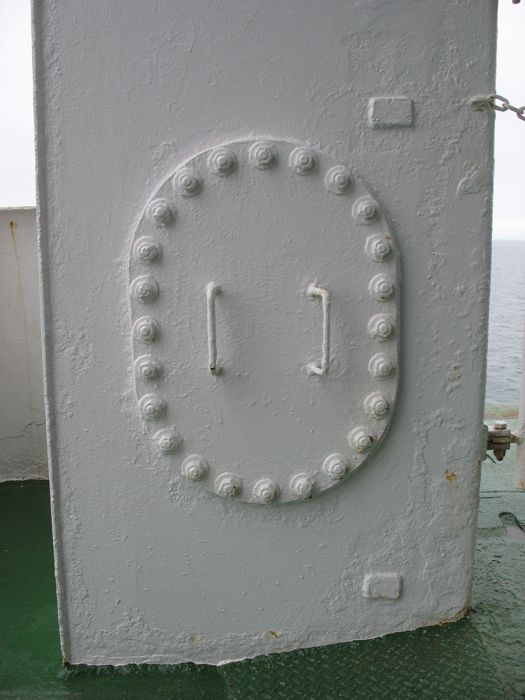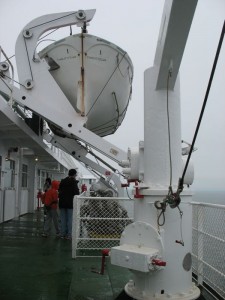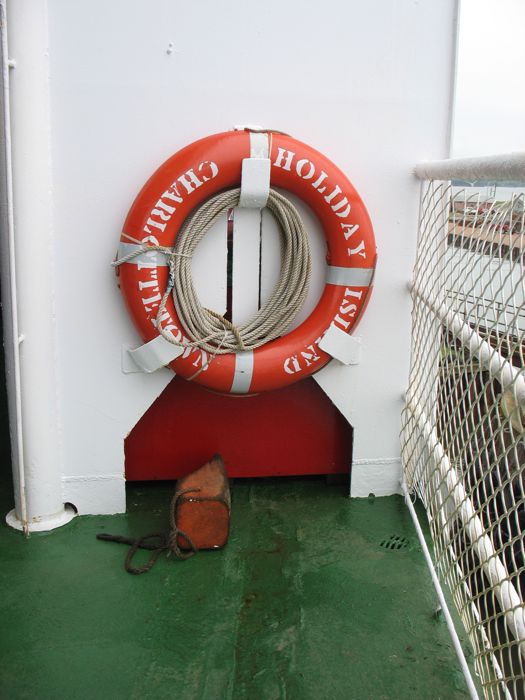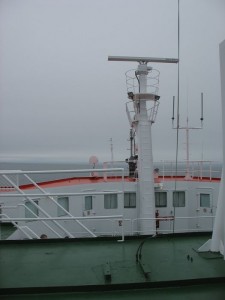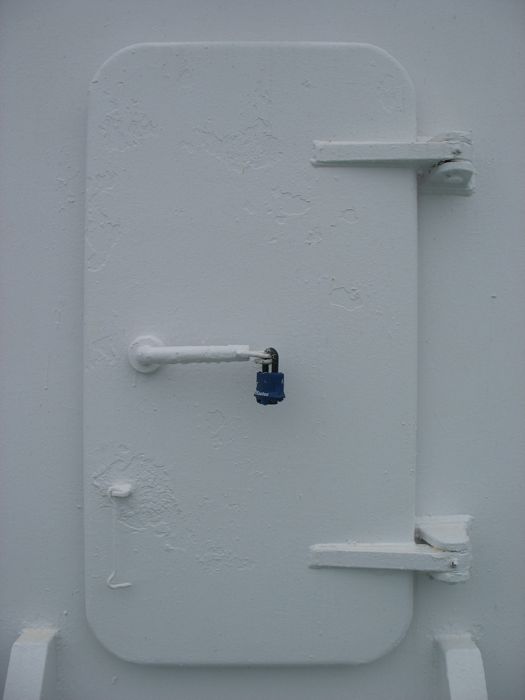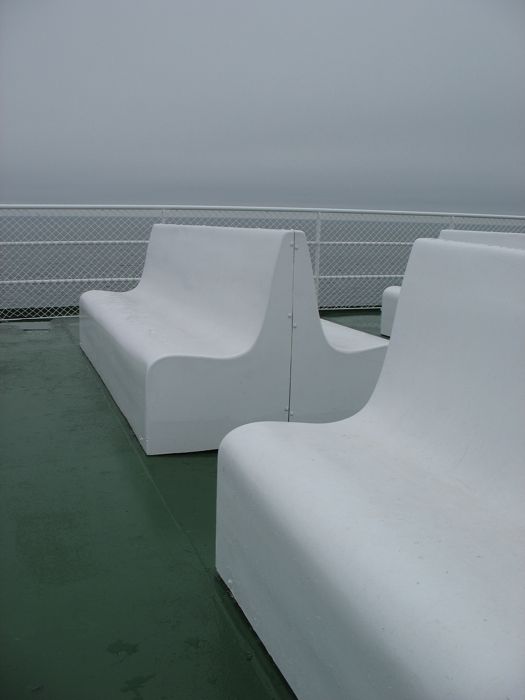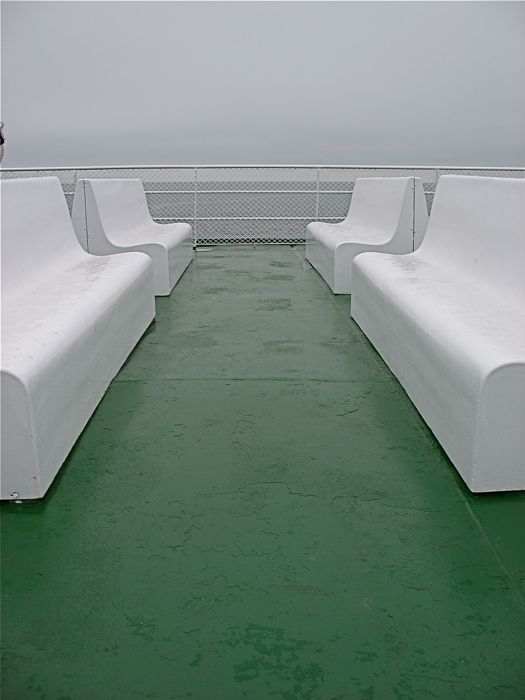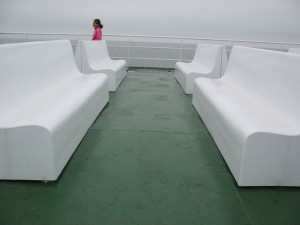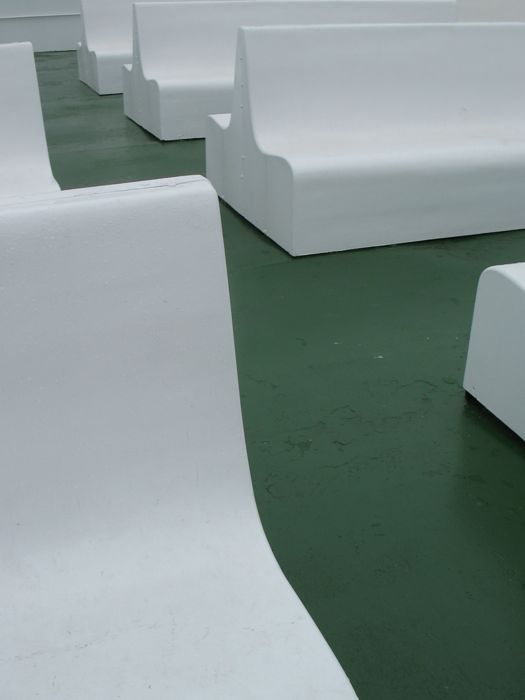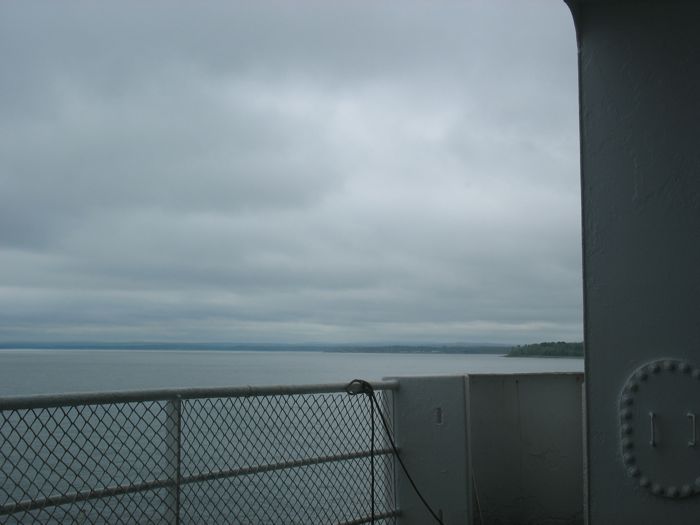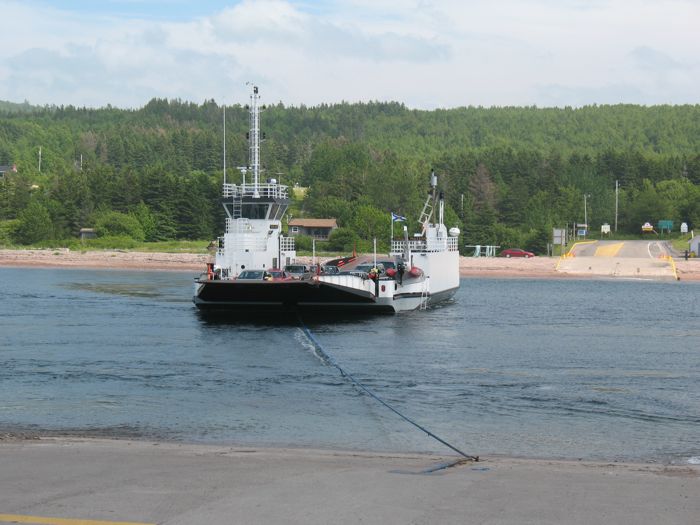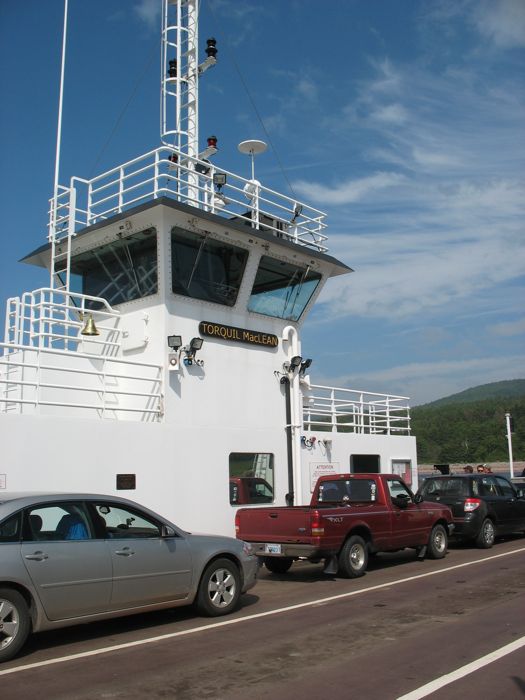Prince Edward Island
Don’t go on a rainy day if you can help it, and DON”T stay in Georgetown. Linger near the bigger populations centers if you are a tourist, as you don’t have the luxury of a fixing a meal in your own kitchen. I think of PEI as sort of one of those places where you’d rent a cottage on the shore, pack up an extra suitcase full of books, and lay around recovering from the rat race. I also think we were more worried about lodging than we needed to be. If you have a car, hit the Tourist Office and let them help you book a place. Risky, but maybe less risky than what we did.
Although it doesn’t look like a big place, the travel on the roads is slower, so leave yourself enough time to get places. I also enjoyed the ferry ride, but if the bridge drive had been on a sunny day, I may have enjoyed that too.
Nova Scotia
Favorite place, hands down: Cape Breton. Why? Certainly our bed and breakfast in Mabou had something to do with it, but I also like the idea that there’s this sense of pride in craftmanship and music and that you can find both, easily. Make sure you hit a ceilidh (“kay-lee”), which in the loosest sense is just a community gathering. Ours was on a Tuesday, and was a little more formal. I wanted something a little more random, a little wilder, but we were too early in the season, I think.
Cabot Trail is lovely, but sparsely populated. You can find eats and drink on the way–but as usual the prices are a bit high. We stopped at a grocery store and picked up bread and ham and a package of oat shortbread cookies that we munched on all week. Try to have some flexibility to time your drive to the weather–hard to do, I know. I think that’s why it’s so popular with RV-ers, who seem to be more flexible. Baddeck is a good base because you could go either forwards or backwards around the trail. Consult the web for people’s preferences. We went eastward, and it was fine (clockwise).
There’s basically only one way in and one way out of Cape Breton Island, and the average time from Baddeck to Halifax airport is about 3 and 1/2 hours.
Halifax Area
Skip Prospect, in spite of what the Lonely Planet guidebook tells you.
Avoid going to Peggy’s Cove on a day when there is going to be a cruise ship in town (check with the harbor-front Tourist Office–they seemed to know and were VERY helpful in so many ways). It’s a small place.
Do your homework, because even if the Tourist Office is very helpful, you don’t always know what questions to ask. I found out only later, when we were home, about the large memorial to the victims of the Halifax Explosion. I would have liked to have seen it. The movie we watched to get a sense of it is available on Netflix: “Shattered City: The Halifax Explosion.” I recommend it.
If you are not a gift shop enthusiast, be aware that this is one of the main things to do in both Mahone Bay and Lunenburg. They have a good network of art galleries in Lunenburg that you can visit, but also keep in mind that you are not in New York or San Francisco. The quality of the gallery art will vary, but I do think it is a good way to get into the local scene.
Approach Halifax like you would explorations in a big city: break it down by neighborhoods and enjoy those. Take some time in the Public Gardens. I wish we’d gone to the Citadel as well, but didn’t leave time for it.
Montreal
To get from the airport to your hotel, buy a pass at the Tourist Office in the airport, or if they are closed, head to the Change place (that’s what we did). The ride from the airport on a 747 Express Bus is quick, runs 24-7 and costs as much as a one-day pass that’s good on all the Metros and busses, so we bought that. We actually bought a three-day pass for $14 dollars, then another one-day pass ($7) for our last day. We ended up giving our passes to a couple of tourists who were trying to head to Montreal for the day.
There’s a very good map that when opened has been folded so that only certain sections of the city are visible–and it’s labeled really well on the edges–kind of like tabs. It’s called “Official Tourist Map” and worth trying to get (we snagged ours at the airport). We also made a lot of use of Frommer’s Montreal Day by Day (ISBN 9780470507346) as it was small, tote-able and well-organized with a good metro map and a good map of the main area of Montreal.
This is a Big City. Harder to access than would be a European city, but I must admit finding good food helped a lot. The Old Town has its charms, but it does not remind me of a European city (sorry). If the weather permits, walk around. We found more things that way that we enjoyed (eg: Suite 88 chocolate shop). If the weather doesn’t permit, head to the Underground. We didn’t leave very much time for that, and it is a city all by itself.
Hit a mass at the Notre-Dame Basilica, when you can see the church AND hear the organ. We opted for Vespers at the Anglican and while it was lovely, it was a quieter experience and all in French. (While my husband speaks French, I don’t.)
Leave time for a tour of the Chapelle Notre Dame de Bonsecours and their museum, heading to the top of the tower for good views of the St. Lawrence river.
Have fun!
